I'm designing a 40m radio. The schematic I'm using as reference uses a galvanometer ("S") for measuring the signal level. I'm trying to replace it with a sense resistor and an LM358 to read with an Arduino but I'm not sure what value resistor is best. As of now I'm between 100 Ω and 1 kΩ.
As per the docs:
The receive AGC circuit has an IF amplifier (Q3), a germanium diode detector (DC biased), and a drive amplifier (Q4) which has the "Strength-meter" in the emitter. Source

